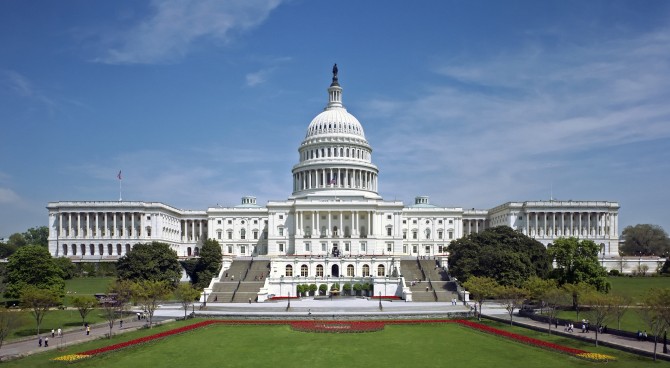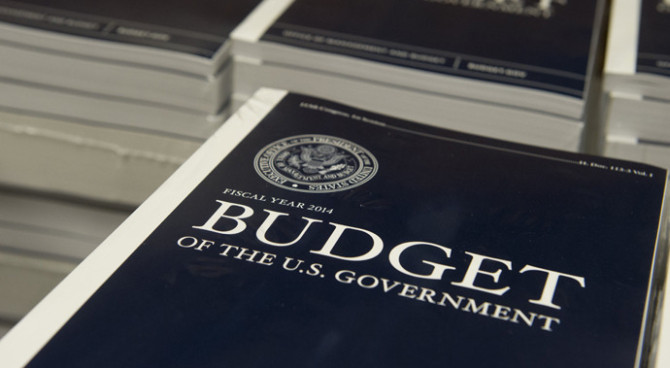If the country can’t grow like it once did, then the American Dream really is irretrievably lost.
Did America actually experience 3% real growth to start with? Yes. In the postwar era, the U.S. averaged 3.4% annual growth from 1948 through 2008. We averaged 3% growth for half of the George W. Bush presidency (2003-06). From 2009-12, the Obama administration, the Congressional Budget Office and the Federal Reserve all thought they saw 3% growth just around the corner. If the possibility of 3% growth is gone forever, it hasn’t been gone very long.
America enjoyed 3% growth for so long it’s practically become our national birthright. Census data show that real economic growth averaged 3.7% from 1890-1948. British economist Angus Maddison estimates that the U.S. averaged 4.2% real growth from 1820-89. Based on all available data, America has enjoyed an average real growth rate of more than 3% since the founding of the nation, despite the Civil War, two world wars, the Great Depression and at least 32 recessions and financial panics. If 3% growth has now slipped from our grasp, we certainly had it for a long time before we lost it.
While Obama apologists like to claim that labor-productivity and labor-supply factors preclude 3% growth, most of the growth constraints we face today are directly attributable to Mr. Obama’s policies. The Bureau of Labor Statistics reports that labor-productivity growth since 2010 has plummeted to less than one-quarter of the average for the previous 20, 30 or 40 years. Productivity fell during the current recovery, not during the recession. With high marginal tax rates, especially on investment income, new investment during the Obama era managed only to offset depreciation, so the value of the capital stock per worker, the engine of the American colossus, stopped expanding and contributed nothing to growth.
A tidal wave of new rules and regulations across health care, financial services, energy and manufacturing forced companies to spend billions on new capital and labor that served government and not consumers. Banks hired compliance officers rather than loan officers. Energy companies spent billions on environmental compliance costs, and none of it produced energy more cheaply or abundantly. Health-insurance premiums skyrocketed but with no additional benefit to the vast majority of covered workers.
In a world of higher costs, productivity plummeted. Productivity measures the production of things the market values that flow from the employment of labor and capital. Try listing the Obama-era regulatory requirements that generated the employment of labor and capital in ways that actually produced something you buy.
By waiving work requirements for welfare, lowering food-stamp eligibility requirements and easing standards for disability payments, Mr. Obama’s policies disincentivized work. Disability rolls have expanded 18.6% during the current recovery, compared with a 16% decline during the Reagan recovery. The CBO estimates ObamaCare alone will reduce work hours by 2% and eliminate 2.5 million jobs by 2024. At the current 1% growth in the civilian population above the age of 16, a mere reversion to the pre-Obama labor-force participation rates would supply more than enough workers to generate a 3% growth rate.
Even baby-boomer retirement is driven in part by public policy. When Social Security paid its first check in 1940 average life expectancy was 64 years and benefits started at 65. Today early retirement is available at 62. Life expectancy is now projected to be 79 years. People are healthier, morbidity rates have fallen dramatically, and the retirement age can and should be raised.
Bad policies—not bad luck or a loss of God’s favor—have driven down labor productivity and the labor supply. We can change those policies. If reversing Mr. Obama’s policies simply eliminated half the gap between the projected 1.8% growth rate and the average growth rates during the Reagan and Clinton recoveries, it would deliver 3% real growth generating nearly $3.5 trillion in new federal revenues over the next 10 years. That’s not as much as the $4.3 trillion in revenues lost by Mr. Obama’s slow growth, but it’s more than Mr. Trump promises to bring back by reversing his predecessor’s policies.
America without 3% growth is not America. Since 1960, the American economy has experienced 30 years with growth of 3% or more. Seventy-nine percent of all jobs created since 1960 were created during those years. The poverty rate fell by 72% and real median household income rose by $20,519. In the 26 years when the economy had less than 3% growth, just 21% of all post-1960 jobs were created, the poverty rate rose by 37% and household income fell by $12,004. With 3% growth, the American dream is achievable and virtually anybody willing to work hard can live it. Let 3% growth die and a lot of what we love most about our country will die with it.
Mr. Gramm, a former chairman of the Senate Banking Committee, is a visiting scholar at the American Enterprise Institute. Mr. Solon is a partner of US Policy Metrics.



